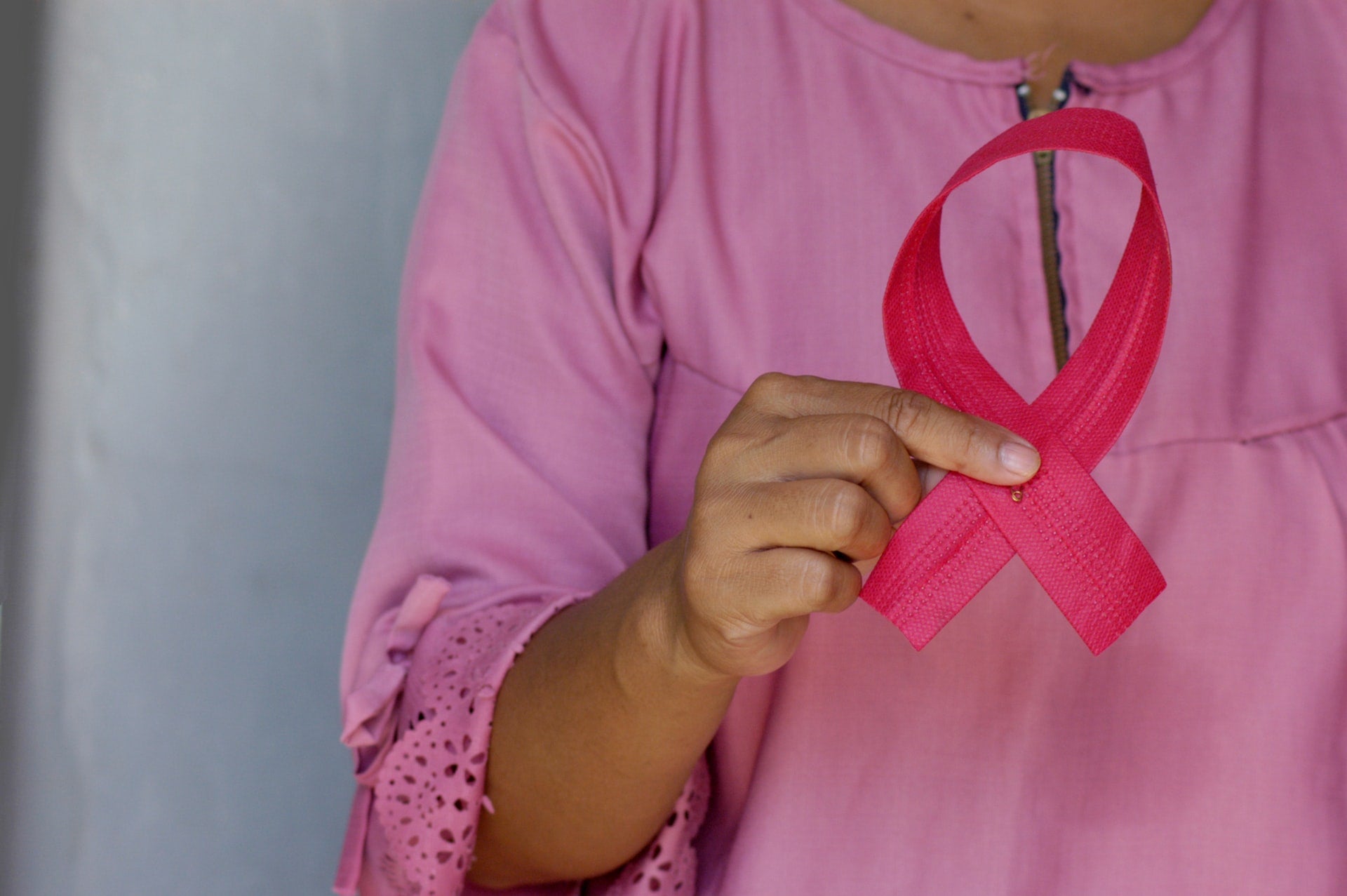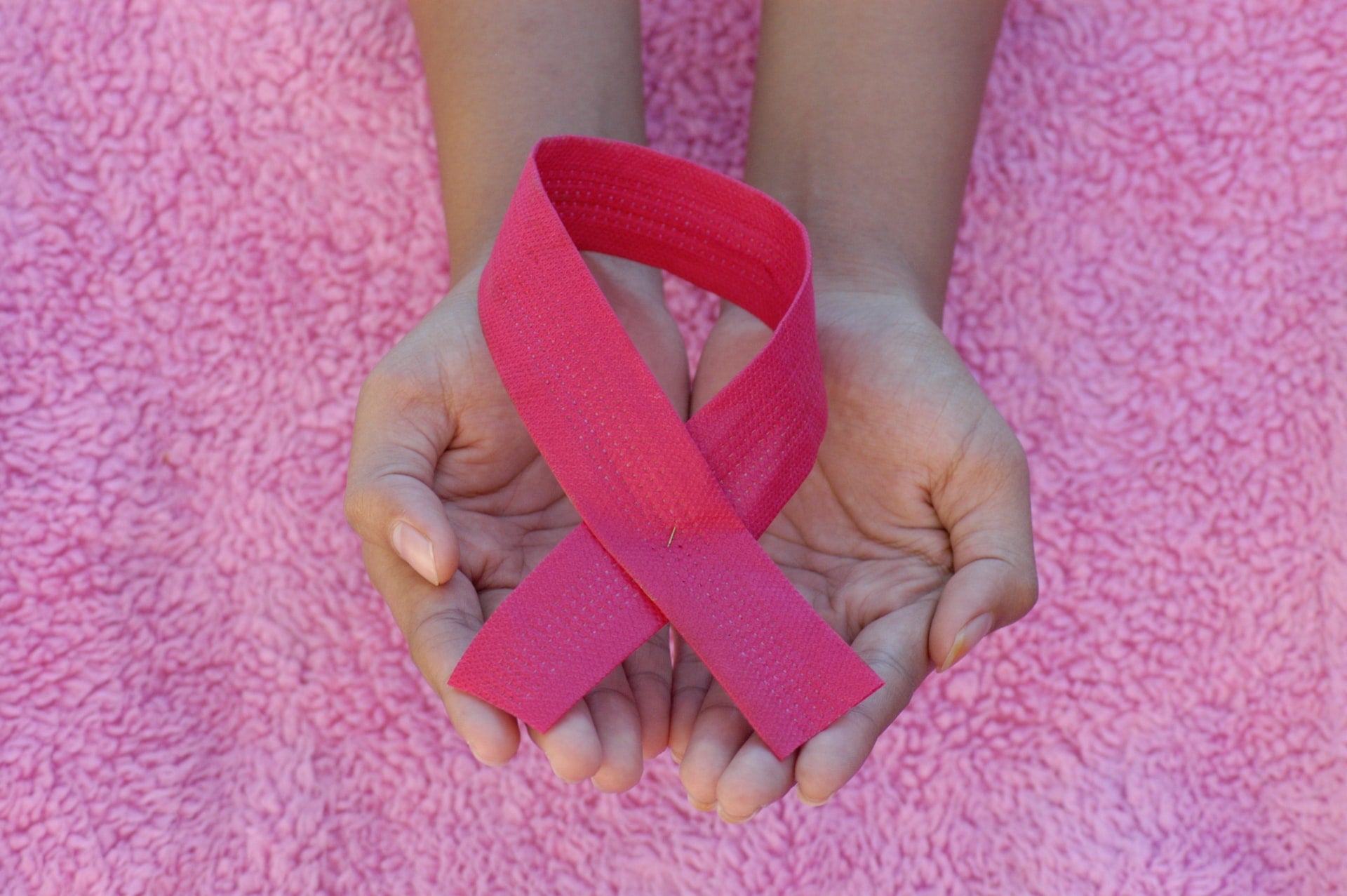Breast Cancer Awareness Month: Mammograms

October is Breast Cancer Awareness month. At Living Juice, we’re doing our part by swapping out our traditional black caps for pink ones, and they’ll stay that way until November.
Science is still searching for a full-stop cancer cure. There are ways to mitigate it and certainly some promising practices like surgery or chemotherapy, but right now early detection is still integral in improving survival rates. The best tool currently at our disposal for finding cancerous breast tissue cells is the mammogram.
Why Mammograms?
Before you can even feel a lump (an indication of mutated, cancerous cells), mammograms can detect an abnormality. The smaller the lump, and the earlier it’s detected, the easier it is to treat. When a mammogram is used to look for cancer in women who don’t show any symptoms, it’s referred to as a screening mammogram. X-ray images are usually taken from 2 different, standard angles.
A diagnostic mammogram is done when she’s experiencing symptoms or, alternatively, after cancer is detected in screening. For these tests, more than two images are taken to gain more information about the detected lump.
What Can Mammograms Detect?

The x-ray images have the ability to detected abnormal tissues or areas in the breast, but they don’t automatically prove that these abnormalities are cancerous. They’re more of an early phase of diagnosis that provides doctors with enough basic information to move forward with testing.
These machines are specifically for breast tissue: they aren’t just general x-rays. Importantly, they emit lower radiation does than normal x-ray machines by including a compression mechanism that flattens the breast tissue to get a clearer image at lower doses. This lower dose means the benefits of regular mammography outweigh the potential risks of radiation. For some context, we’re exposed to about 3 millisieverts (or mSv, a radiation measure) just from our natural surroundings. A total radiation dose from a screening mammogram is about 0.4 mSv-- about the same amount of radiation that we’d get just from existing for 7 weeks.
Newer Technology
A newer type of mammogram, instead of taking two images, takes many images in an arc to build a three-dimensional image of the breast. Studies have found this technique to lower the need for additional testing and is a promising alternative to traditional 2d mammograms.
With this information about breast cancer detection, make sure to do your part to spread awareness and provide support any way you can. Talking about it is one thing, but getting active in your community through charity or fundraising events can really help to make an impact.




